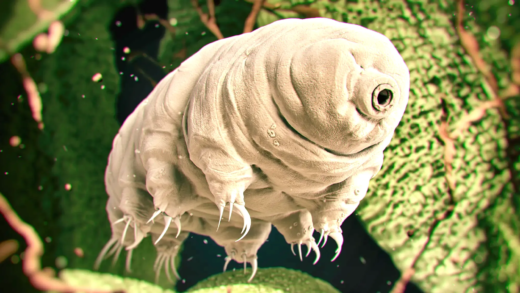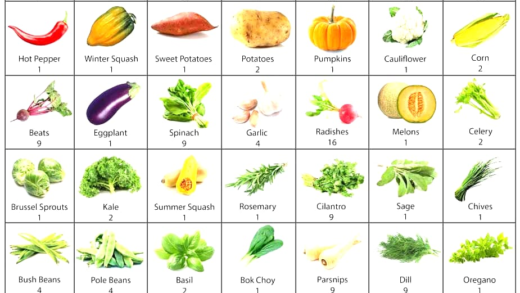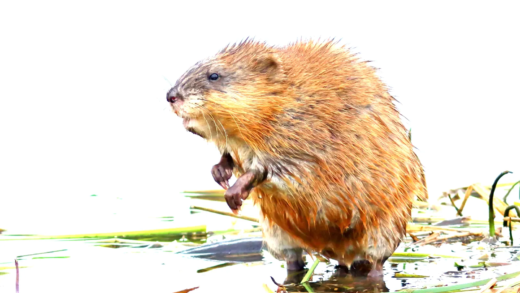Leaf Sheep Sea Slugs are unique marine creatures known for their ability to photosynthesize and their charming, sheep-like appearance. They reproduce as hermaphrodites, laying eggs that develop into larvae. Their adorable looks and gentle movements make them popular among enthusiasts, while their ecological role helps maintain balance in their habitats.
What is a Leaf Sheep Sea Slug?
The Leaf Sheep Sea Slug is a fascinating marine creature known for its adorable appearance. These tiny slugs, belonging to the family of sacoglossan sea slugs, can be found in warm, shallow waters of the Indo-Pacific region. They typically measure around 2 to 5 centimeters in length, making them easy to overlook among coral reefs. Their vibrant green color and leaf-like appendages give them a unique look, resembling a little sheep grazing underwater.
Leaf Sheep Sea Slugs are not just cute; they are also intriguing due to their unique ability to photosynthesize. This means they can convert sunlight into energy, similar to plants. They achieve this by consuming algae and incorporating the chloroplasts from these algae into their own cells, allowing them to produce food from sunlight. This remarkable adaptation helps them thrive in their natural habitat.
Why is it called a Leaf Sheep or Sea Sheep?
The name Leaf Sheep originates from their distinct appearance. The slug’s body is covered in soft, leaf-like structures called cerata, which resemble the wool of a sheep. This resemblance is not just superficial; it adds to their camouflage, helping them blend into their surroundings and avoid predators.
In addition to the name Leaf Sheep, they are also commonly referred to as Sea Sheep. This name highlights their aquatic lifestyle while maintaining the playful connection to their sheep-like look. The combination of these names reflects the endearing nature of these slugs, making them a favorite among marine enthusiasts.
Where can you typically find Leaf Sheep Sea Slugs?
Leaf Sheep Sea Slugs thrive in warm, tropical waters, primarily found in regions like the Coral Triangle, which includes areas around Indonesia, the Philippines, and Papua New Guinea. They inhabit shallow coastal areas, particularly around coral reefs and rocky substrates. These environments provide not only shelter but also an abundant supply of algae, their primary food source.
In addition to coral reefs, Leaf Sheep Sea Slugs can be spotted in seagrass beds and rocky shores where algae flourish. They often seek out areas with plenty of sunlight, as this aids in their photosynthetic processes. Enthusiasts and researchers often look for them in tide pools or during snorkeling adventures, as their vibrant colors stand out against the ocean backdrop.
What do Leaf Sheep Sea Slugs eat?
The Leaf Sheep Sea Slug primarily feeds on algae, which forms the cornerstone of its diet. These slugs have a remarkable ability to consume various types of algae, particularly Cladophora and Ulva, commonly known as sea lettuce. By munching on these plants, they not only satisfy their hunger but also gather chloroplasts from the algae, allowing them to perform photosynthesis. This unique characteristic makes them a fascinating example of nature’s ingenuity.
- Favorite Meals: Leaf Sheep Sea Slugs enjoy a buffet of algae, particularly leafy and soft varieties.
- Dietary Habits: They have developed a specialized feeding mechanism that enables them to graze efficiently on algae.
- Photosynthesis: By incorporating chloroplasts into their cells, these slugs create energy from sunlight, much like plants do.
Through this combination of grazing and photosynthesis, Leaf Sheep Sea Slugs can thrive in their underwater environments, making them not just cute but also ecologically important.
How do Leaf Sheep Sea Slugs move?
Leaf Sheep Sea Slugs exhibit a unique method of movement that is quite different from what one might expect. They glide gracefully over surfaces using a muscle contraction mechanism, which allows them to navigate their surroundings with ease. Unlike many other slugs, they do not have a visible foot, but instead, they use their body muscles to propel themselves.
- Gliding Motion: They move smoothly, akin to how a leaf might drift on water.
- Body Movements: By contracting their body muscles, they can push against the water, creating a gentle flow.
- Stability: Their leaf-like cerata help maintain balance and stability while swimming.
This elegant way of moving not only aids in their search for food but also enhances their camouflage against predators, making them harder to spot in their colorful habitats.
Are Leaf Sheep Sea Slugs harmful to humans?
Leaf Sheep Sea Slugs are completely harmless to humans. These adorable sea slugs pose no threat, neither through bites nor stings. They primarily focus on their algae diet and have developed no defensive mechanisms that could harm people. In fact, their charming appearance often draws admiration from divers and snorkelers alike.
- No Venom: Leaf Sheep Sea Slugs lack venom, making them safe to handle.
- Non-aggressive: They are peaceful creatures that prefer to hide rather than confront potential threats.
- Environmental Role: Instead of being harmful, they contribute positively to their ecosystem by controlling algae growth.
In summary, encountering a Leaf Sheep Sea Slug in the wild is a delightful experience, with no worries about danger. They are best appreciated for their beauty and ecological role rather than feared.
What makes Leaf Sheep Sea Slugs unique compared to other sea slugs?
The Leaf Sheep Sea Slug stands out in the sea slug family due to several unique features. Firstly, their ability to photosynthesize is remarkable. Unlike most slugs, they incorporate chloroplasts from the algae they consume into their own cells, allowing them to convert sunlight into energy. This photosynthetic capability makes them somewhat plant-like and is a fascinating adaptation for survival.
- Appearance: Their leaf-like cerata not only resemble wool but also enhance their camouflage within their algae-rich habitats.
- Size Variability: Leaf Sheep Sea Slugs range from 2 to 5 centimeters, making them easily overlooked yet incredibly charming.
- Behavior: They exhibit graceful gliding movements, differing from the typical crawling motion seen in other sea slugs, which adds to their appeal.
These unique traits make the Leaf Sheep Sea Slug a subject of interest among marine biologists and enthusiasts alike.
How do Leaf Sheep Sea Slugs reproduce?
Reproduction in Leaf Sheep Sea Slugs is quite fascinating. They are hermaphrodites, meaning each individual has both male and female reproductive organs. During mating, two slugs exchange sperm, allowing for genetic diversity. After fertilization, they lay clusters of eggs, often attached to algae or other substrates.
- Egg Development: The eggs hatch into tiny larvae that drift in the ocean currents before settling down to become adult slugs.
- Life Cycle: This life cycle includes both a larval stage and a juvenile stage, which is crucial for their population sustainability.
- Timing: Reproduction typically occurs during warmer months when food is abundant, ensuring the best chances of survival for the young slugs.
This reproductive strategy helps maintain their population while ensuring genetic variability, which is essential for adapting to environmental changes.
Why do people find Leaf Sheep Sea Slugs adorable?
People often describe Leaf Sheep Sea Slugs as adorable due to their cute, sheep-like appearance and vibrant colors. Their fluffy, leaf-like structures evoke a sense of warmth and playfulness that many find appealing. Social media has further amplified their charm, with countless images showcasing these slugs in their natural habitats.
- Visual Appeal: The bright greens and soft shapes make them look like tiny underwater plush toys.
- Behavior: Their gentle gliding movements and calm demeanor add to their endearing nature.
- Unique Characteristics: The ability to photosynthesize and their interesting reproductive habits make them fascinating, which enhances their overall appeal.
In essence, the combination of their unique features and delightful behavior creates an irresistible charm that captures the hearts of many.
What role do Leaf Sheep Sea Slugs play in their ecosystem?
Leaf Sheep Sea Slugs play a vital role in their ecosystems, primarily through their dietary habits. By feeding on algae, they help control algal growth in marine environments, which can prevent harmful algal blooms. This grazing action contributes to the overall health of coral reefs and seagrass beds.
- Food Source: They serve as a food source for various marine predators, contributing to the food web.
- Photosynthesis Impact: Their unique ability to photosynthesize allows them to produce oxygen and provide energy to their surroundings.
- Indicator Species: As sensitive creatures, their presence indicates the health of their habitat, making them important for environmental monitoring.
Overall, Leaf Sheep Sea Slugs are more than just adorable; they are integral components of their marine ecosystems, contributing to both ecological balance and biodiversity.





Comments are closed.